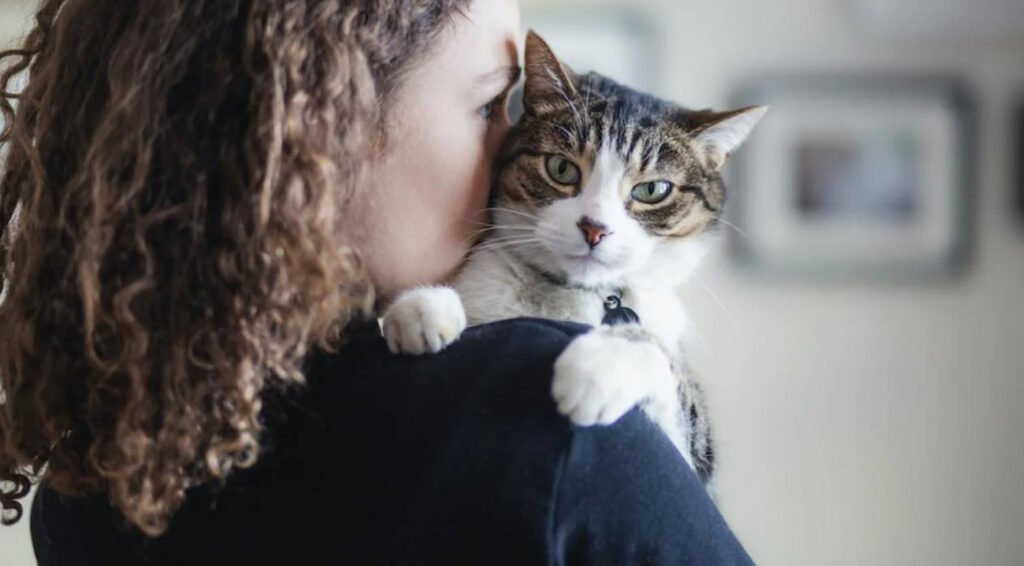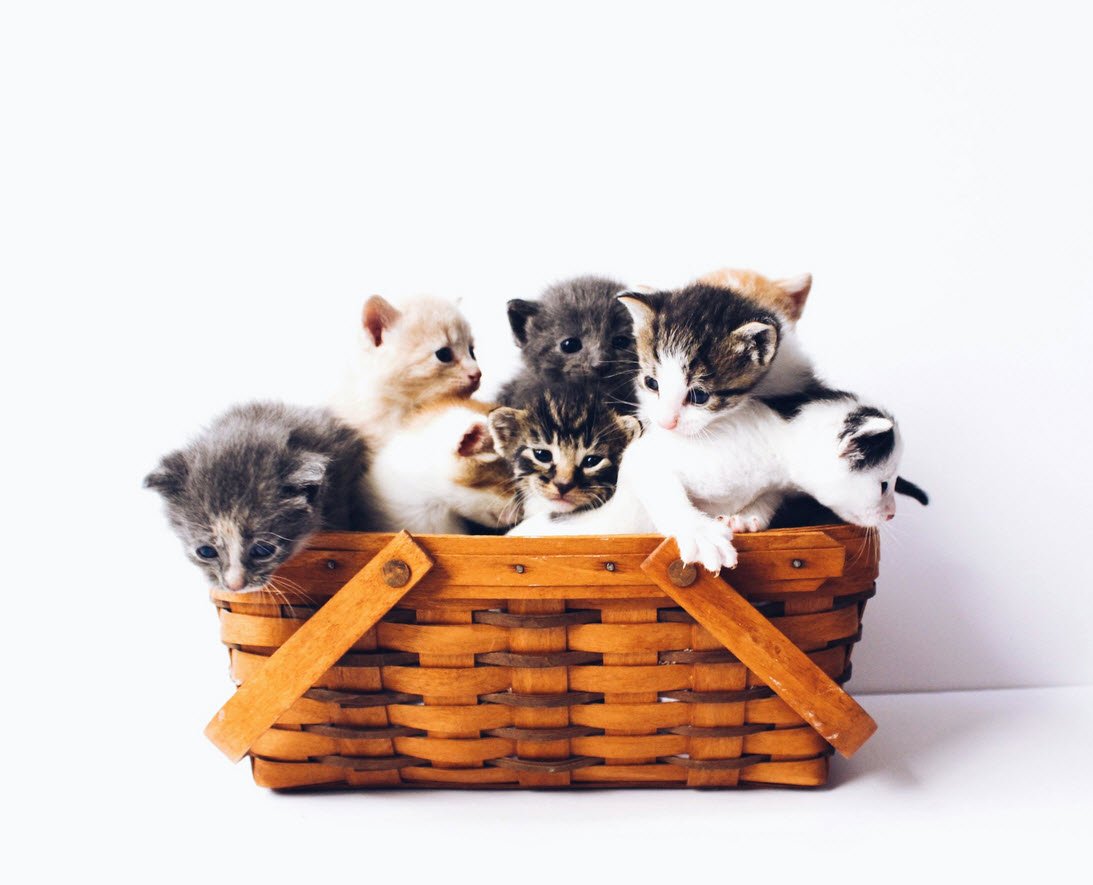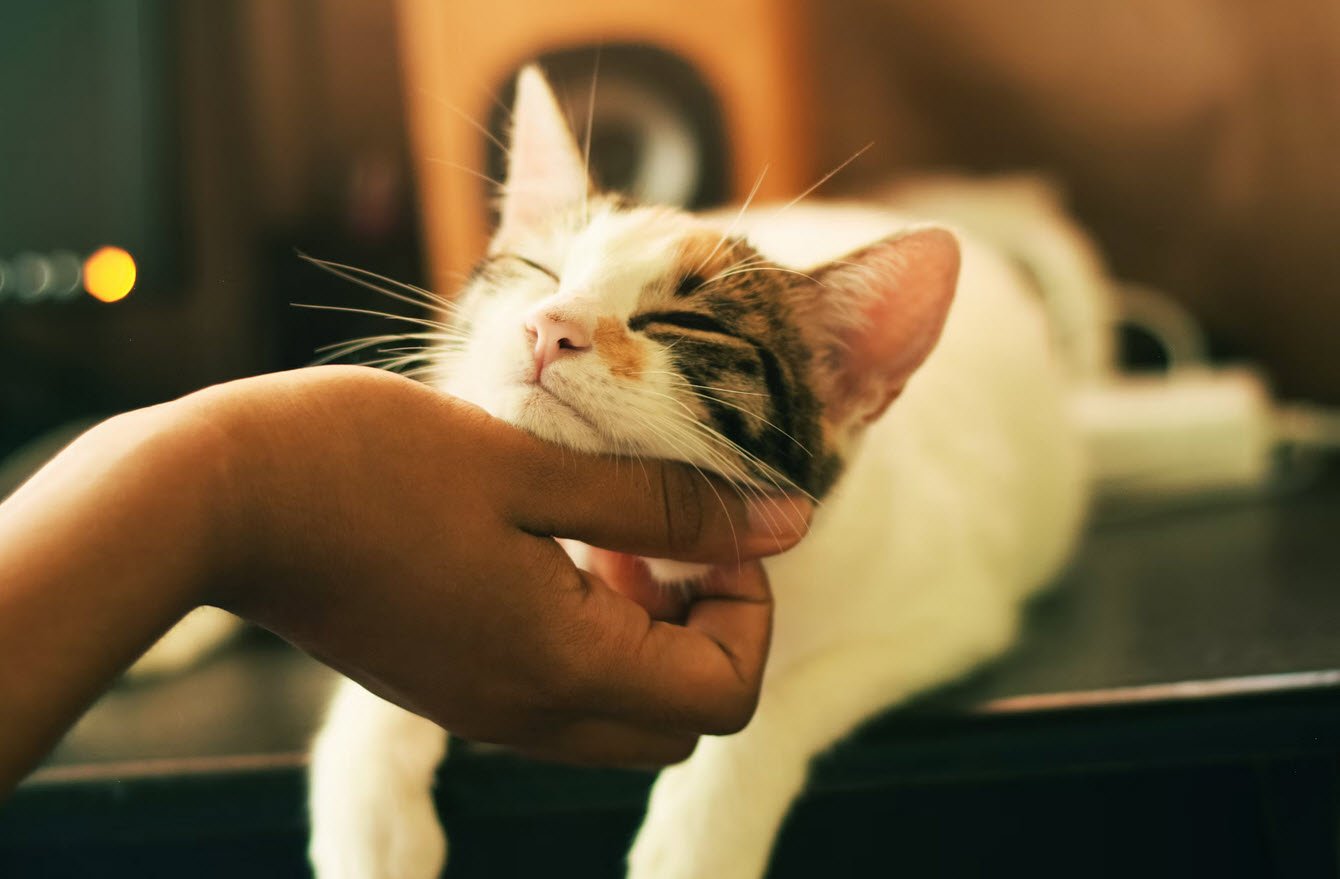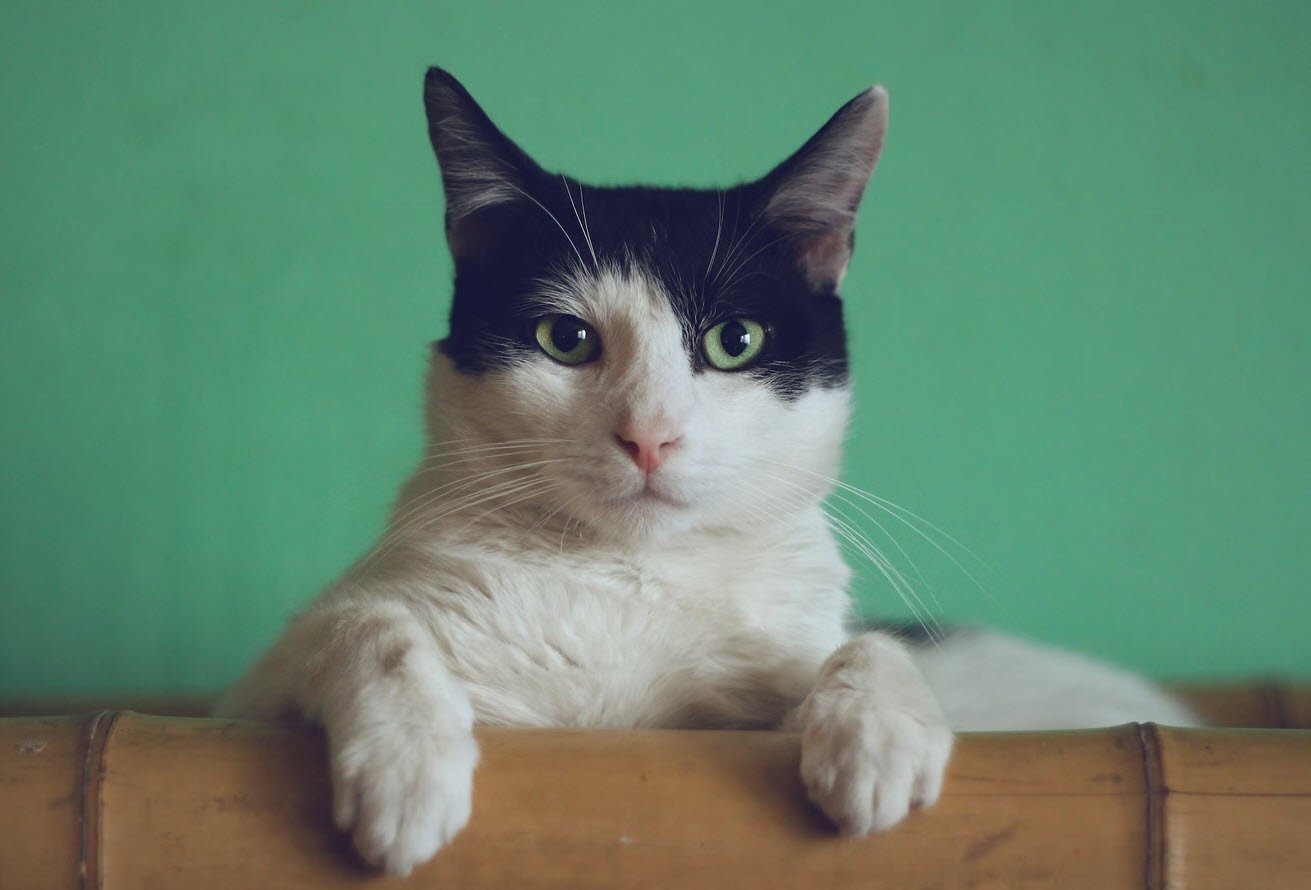
Cats are fascinating creatures, known for their elegance, independence, and unique ways of communicating. Understanding your cat’s body language is a crucial aspect of being a responsible and caring cat owner. From subtle twitches to clear postures, your feline friend uses their body to convey their feelings and intentions.
In this guide, we’ll explore common cat body language cues and what they typically mean.
- Friendly – Standing Calmly
- Attentive/Alert – Wide-eyed
- Relaxed – Lying Down
- Trusting – Belly-up Pose
- Frightened – Ears Down
- “This is mine” – Scent Marking
1. Friendly – Standing Calmly
A cat standing calmly and confidently in your presence is usually displaying friendliness. Their posture is relaxed, with a straight back and their weight evenly distributed on all four legs. This stance suggests that they are comfortable and content in your company.
2. Attentive/Alert – Wide-eyed
When a cat’s eyes are wide open and alert, it signifies attentiveness. They might be curious about something happening around them, excited about playtime, or interested in a new toy. Wide-eyed cats are in a heightened state of awareness and readiness.
3. Relaxed – Lying Down
A cat lying down on its side or stomach in a relaxed manner is expressing contentment and comfort. Their muscles are loose, and they might stretch out or curl up, depending on their mood. This position showcases a sense of security and trust in their environment.
4. Trusting – Belly-up Pose
A cat showing its belly is a sign of trust. When they lie on their back and expose their belly, it indicates that they feel safe and comfortable. However, it’s important to note that not all cats enjoy belly rubs, so it’s advisable to approach cautiously and respect their boundaries.
5. Frightened – Ears Down
Ears flattened against the head are a clear indication of fear or apprehension in cats. This posture is usually accompanied by dilated pupils and a tense body. Cats adopt this position to protect their ears and signal that they are feeling threatened or scared.
6. “This is mine” – Scent Marking
Cats use scent marking to establish their territory and claim ownership of a particular area or object. They may rub their face, body, or tail against furniture, walls, or even you. By doing so, they release pheromones that mark the object or area as theirs.
Understanding your cat’s body language is crucial for providing the right care and ensuring their well-being. It’s important to consider their individual personality and the context of their behavior. By paying close attention to these subtle cues, you’ll be able to decipher what your feline friend is trying to communicate, strengthening the bond between you and your beloved cat.








